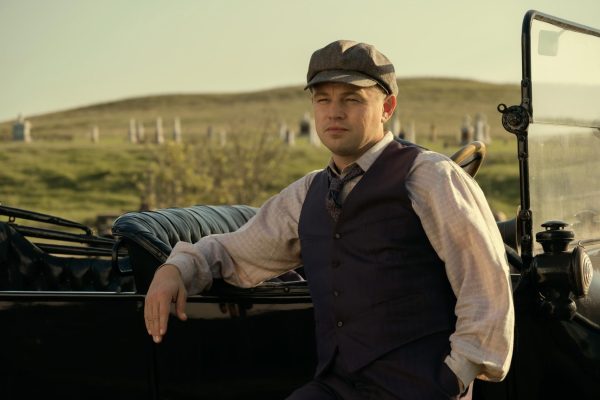
The following review contains major spoilers throughout.
The newest film from Martin Scorsese, “Killers of the Flower Moon,” seems like the culmination of his career, a three-and-a-half hour American epic that shines a light on one of the most harrowing and neglected moments in the country’s history, and almost works better as a history lesson than a film.
Scorsese is without question one of the biggest directors to ever live. He has made 24 films in a variety of genres, masterfully showcased themes like crime and Catholicism and given us plenty of career-best performances from faces like Leonardo DiCaprio and Robert De Niro. From “Taxi Driver” to “The Wolf of Wall Street” and many more, Scorsese is an absolute master of his craft.
Set in the late 1910s and 1920s, “Killers” stars DiCaprio as Ernest Burkhart, an infantry cook returning home to Oklahoma after World War I to live with his uncle William Hale, played by De Niro. The town, home to the Native American Osage tribe, has become incredibly prosperous due to the discovery of oil within the land, and Burkhart soon starts a relationship with Mollie (Lily Gladstone), an Osage woman. But as time progresses, Hale convinces Burkhart to take back the money that “rightfully” belongs to him, Hale, and their friends and relatives. This eventually leads to Hale, Burkhart, and other friends and relatives murdering Mollie’s sisters and other members of the Osage to obtain the wealth, with Burkhart and Mollie’s marriage being gradually torn apart in the process.
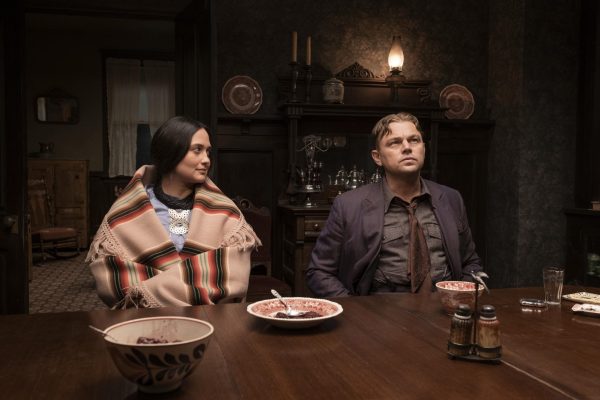
Despite being marketed as such, “Killers” is not a traditional crime film in the vein of “Goodfellas” or “Casino” with guns blazing and the like. It is a tragedy that delves into the senseless violence, murder, and erasure of cultures due to nothing more than greed and malice. Scorsese’s script, co-written by “Dune” and “A Star is Born” screenwriter Eric Roth, does not dance around this subject matter or attempt to glamorize it in any way. It shows Burkhart, Hale, and the rest of their family killing the Osage people for nothing more than their wealth with absolute sincerity and horror, and is very blunt with its message about how greedy, destructive and evil America can be, and how tragedies like this are swept under the rug and are sadly not discussed in schools across the country. Scorsese himself even makes a cameo at the end to drive it home, saying how Mollie’s obituary stated that, quote, “There was no mention of the murders.”
Scorsese and Roth succeed at their goal. While it takes some time to settle in, “Killers” shows this subject matter with the attention, urgency, accuracy and respect it deserves, and is brutally unforgiving with how evil these men are. The direction from Scorsese is equally amazing; Every single scene teems with the exact emotion and style needed. Most of the film is masterful, but it is the final stretch where the film turns into a sharp, harrowing courtroom drama is when the entire film comes together and where Scorsese’s direction and style fire on all cylinders.
The script and direction are aided by perfect performances across the board. Supporting stars like Cara Jade Myers, Tantoo Cardinal, John Lithgow, and Scott Shepherd are all great to watch, and bring life to their respective characters. Larger, more marketed actors like Jesse Plemons and Brendan Fraser do not show up until later in the film, but both give absolutely stellar performances as well. The greatest performances come courtesy of DiCaprio, De Niro and Gladstone.
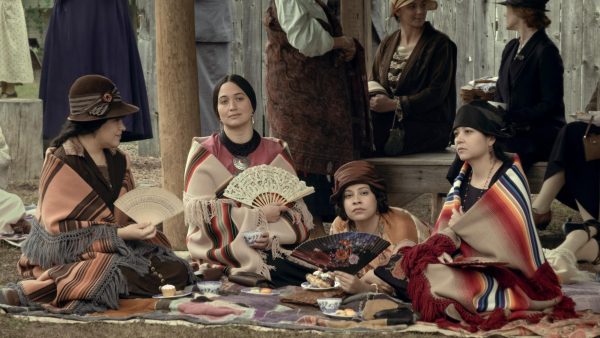
De Niro’s Hale was a slimy, selfish man who murdered countless innocent people for his own personal greed, and De Niro absolutely shines in the role. Gladstone, likewise, sells every single line, look and moment as Mollie. Her joy, her pain, her sickness, her grief, her anger–all of it is shown beautifully, proving that Gladstone went above and beyond with the script. Then there is DiCaprio as Burkhart. It goes without saying that if there is any justice in the world, he is going to easily win Best Actor a second time for his role in this film. Burkhart transforms from a humble veteran and loving husband, to a selfish and greedy murderer like his uncle, to a cowardly shell of a man who only turns on his uncle out of his own grief. DiCaprio’s performance here is most definitely one of the best he has ever given, and the final scene between him and Gladstone’s Mollie is one of the best of the year.
The technical elements of the film are equally on point. The late Robbie Robertson delivers a thumping, nerve-wracking score that blends the indigenous instruments and vocals of the Osage and the blunt criminality of the story. Rodrigo Prieto, fresh off the heels of doing the camera work for “Barbie,” gives some of the best cinematography of the year, with every shot being wonderfully put together and haunting to look at. Jack Fisk’s production design and Thelma Schoonmaker’s editing are marvelous, building an amazing re-creation of the time period and showing it perfectly. Everyone else on the project put their all into making this film the way it is, and it looks, sounds and feels fantastic as a result.
In a year already full of truly amazing films, “Killers of the Flower Moon” stands above almost all the rest as an absolute masterpiece in every single way. It serves as both a tragic, somber story for audiences to engage in, and also functions as a vehicle for Scorsese to educate audiences on the tragic, greedy history of America and how these tendencies might still persist to this day. It is still a little too early to tell how this year’s awards season is going to play out, but there is a good chance Scorsese has it in the bag with this film.












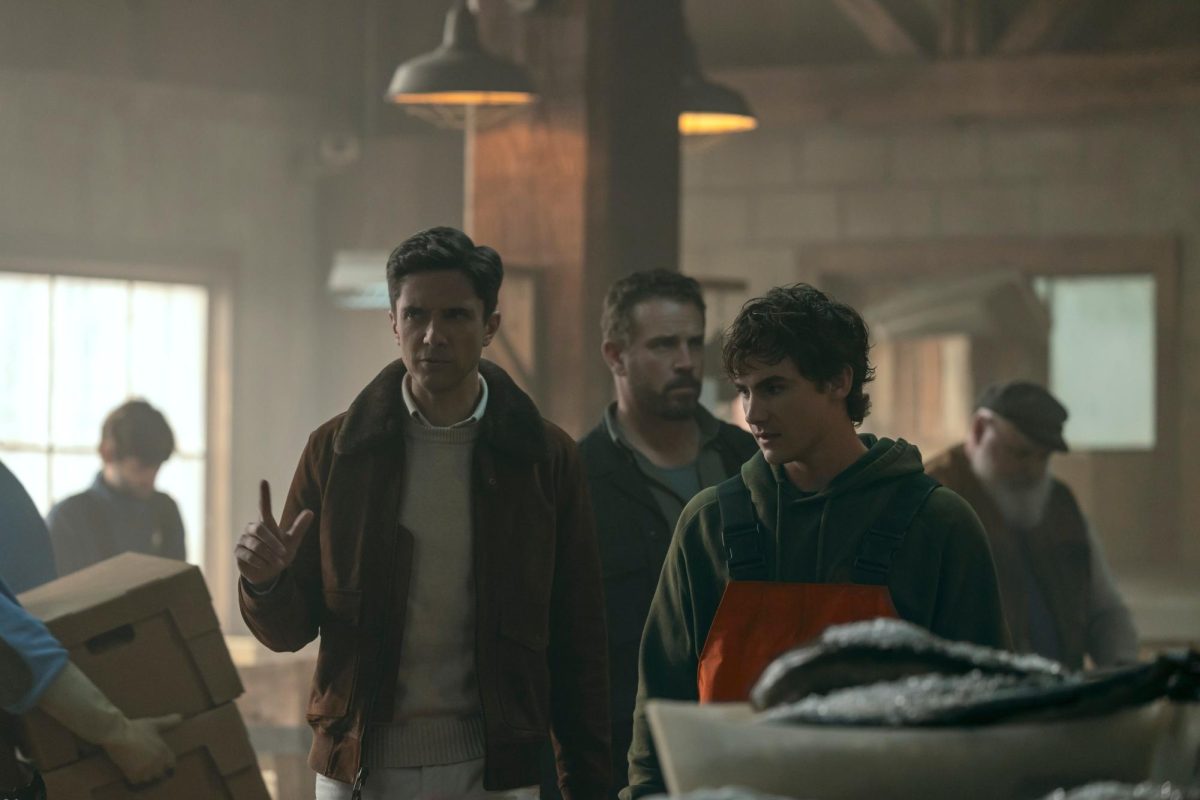





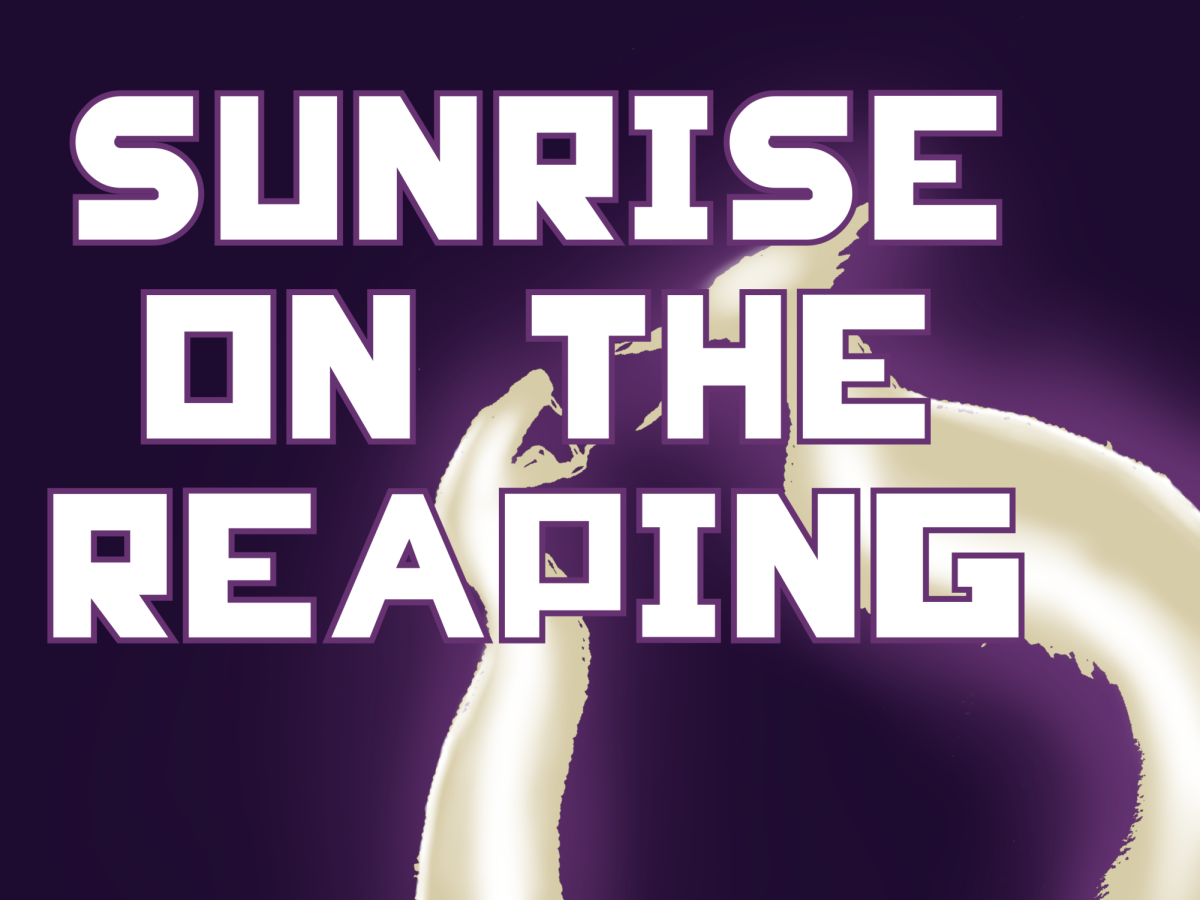
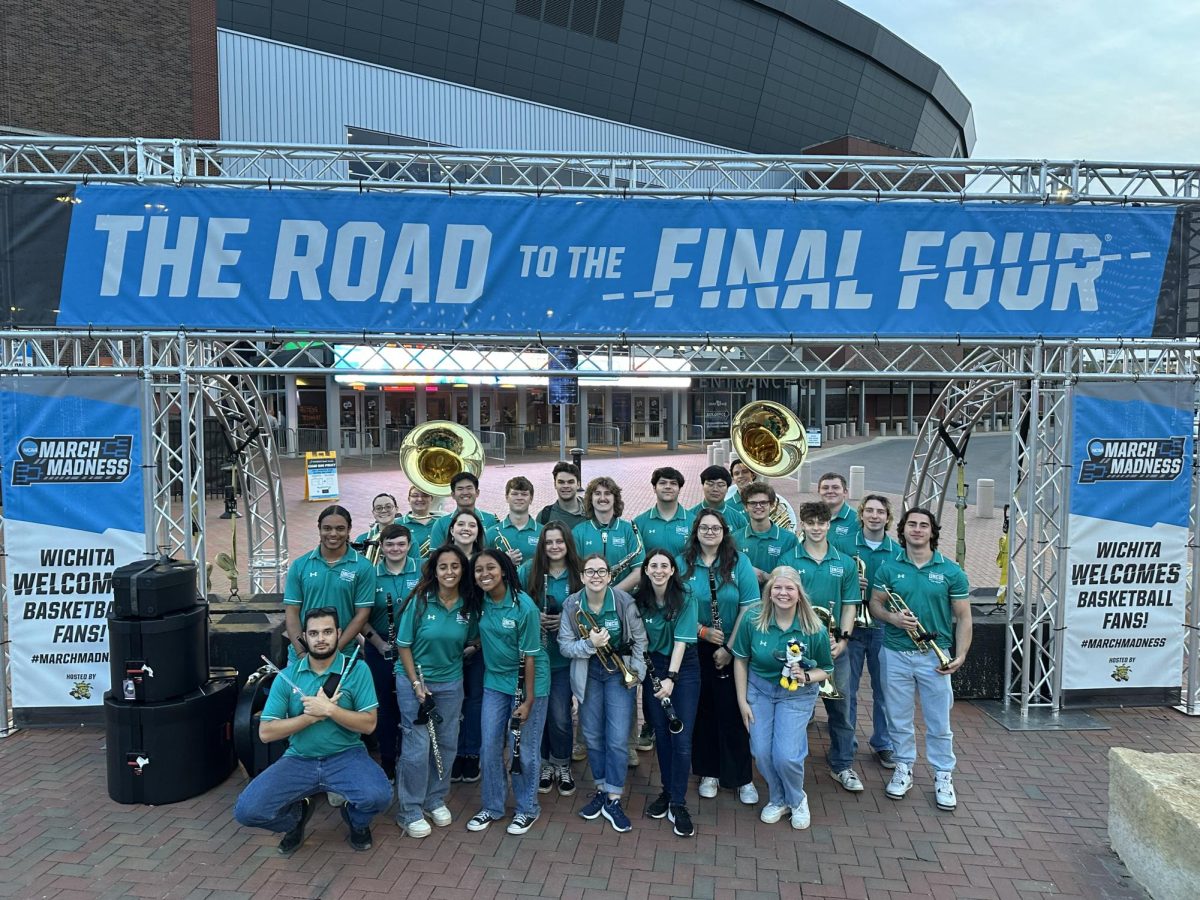
Ron McNamar • Nov 10, 2023 at 10:53 pm
Great Review. Pretty well covers everything except the ongoing attempts to plunder more from the Osage Nation like the Drummonds and State of Oklahoma . And Oklahoma Vs the Five Civilized Tribes .